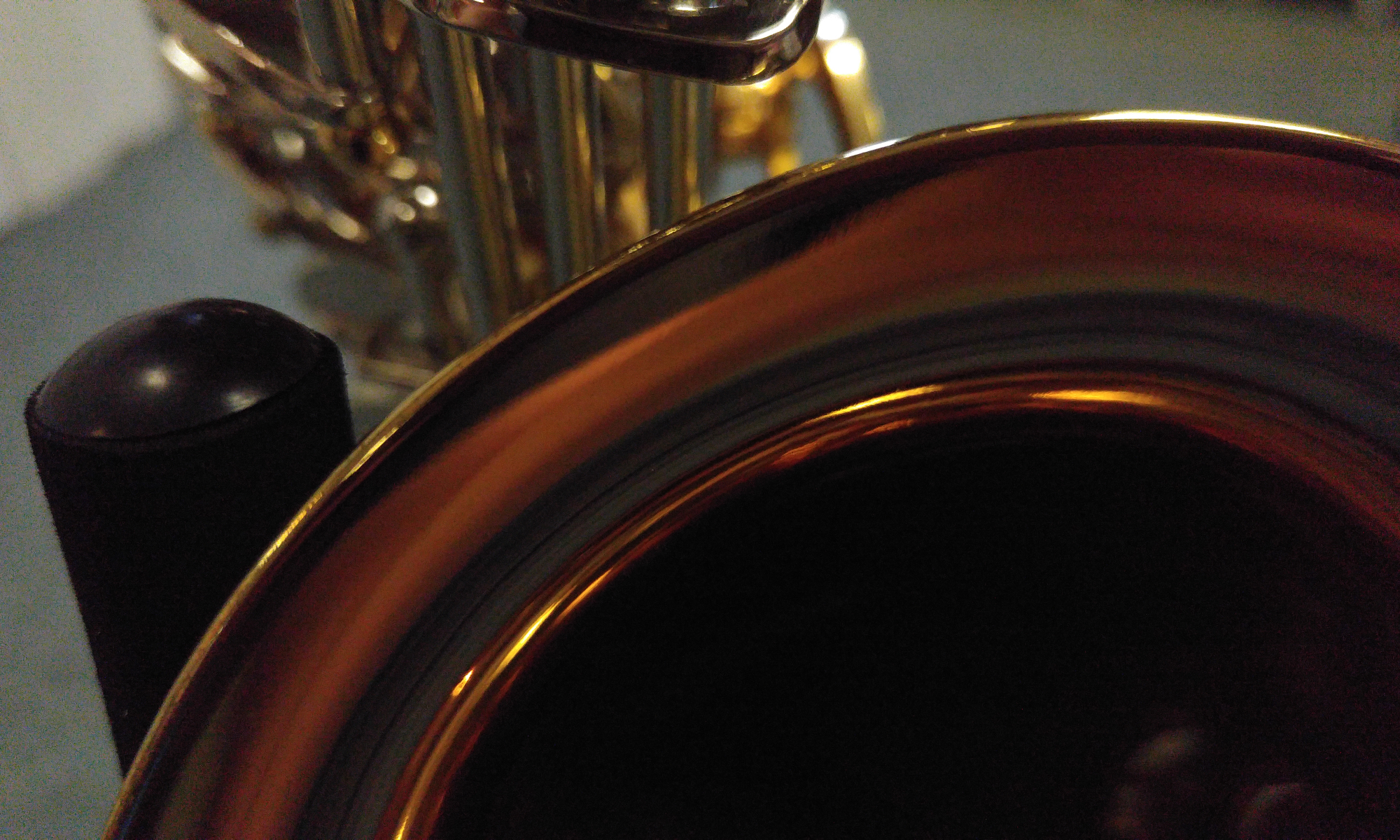James Longenbach’s assertion in The Art of the Poetic Line that “the line’s function is sonic” (xi) is a rhetorical flourish, an exercise in creative overstatement intended to open eyes to a truth about poetry as much as to say something simply true. Coupled with the opening line of the book – “Poetry is the sound of language organized in lines” (xi) – it turns our eyes to sound and may put our bodies in the right place to see what our ears can do in the hands of a poem on the page.
One of the most delightful things about this book is that it refuses the separation of reading and writing from hearing and performing. The poem is a performance that plays with the matter of sound whether on the page or on the stage – and the line – visual, aural, tactile – traces the form of the play. “Poetry,” Longenbach writes, “does not need to be spoken to exist primarily as a sonic work of art” (14). But this follows the discussion of a passage from King Lear with which the book begins, a discussion that moves from “Whatever else he is, Shakespeare is one of the great prose writers in the English language” (3) to a demonstration that great poems do not “simply describe a movement of thought” but rather embody and complicate the movement “through the relationship of syntax and line” (13). Poetry is a sonic work of art, but it works with the body, not the ears alone. And its work is a matter of relationship: it uses the eyes to grab us by the ears, and the means by which it grabs us – the line – exists “because it has a relationship to syntax” (18). Because line (unlike punctuation) “cannot be associated reliably with the way we speak or breathe” (xi), it resists abstraction. And this, perhaps, is what turns a writer like Longenbach to rhetoric and performance more than to grammar or logic. Not only does it resist abstraction, it defies rationalization. And so our “theory” of it is most likely to succeed where it takes the form of demonstration rather than argument: “look!” And when it does that, it may invite imitation – not in a derivative sense but in the sense that might introduce a partner to a dance: “walk this way.”
The line exists because it has a relationship to syntax, and “poems are poems because we want to listen to them” (120) – a marvelously relational pair of “definitions” that guides Longenbach through a fascinating discussion of the art of the line in Glück, Pound, Eliot, Williams, Dickinson, Stevens – all within the framework of a triumvirate that begins with Shakespeare, then continues through Joyce to Yeats.
Each of the three sections is a feast for the reader of poetry – whether a writer of poetry or not. This is not a “how to” book, but – by showing and showing and showing via a dizzying variety of poems and poets – it will sharpen the eyes to forms this sonic art has taken in some of the best of its practitioners and forms it may yet come to inhabit. Eliot, Longenbach reminds us, wrote that “poetry is a form of punctuation” (77) – and, like punctuation, it may inform our breathing. But, more, “to hear the work of line in a great contemporary poem is to listen again to the whole history of poetry in English” (77). Louise Glück writes in “Nostos” that “We look at the world once, in childhood. / The rest is memory.” (42) – and Longenbach takes up this memory in relation to vision in a sense that might properly be called Eucharistic: do this in memory, and the whole history of poetry is present. This is a Eucharistic understanding of real presence grounded in ubiquity rather than transubstantiation: poetry permeates the world, so our whole being in the world is anamnesis. Longenbach quotes Mallarmé: “There is no such thing as prose… There is the alphabet, and then there are verses which are more or less closely knit, more or less diffuse. So long as there is a straining toward style, there is versification” (99, 100). And, as Longenbach understands this, “Truly to strain toward style, to write in one way rather than another way, is not to take a stand on prose or line or meter or rhyme: it is to discover what the language of a particular poem requires” (100).
This little book is an invitation to turn our bodies to the matter of what the particular poem – the poem we encounter here, now, with our eyes, our ears, our hands – requires. A welcome respite from the torturing of poems called “workshopping,” it is an exercise, a work in which the poem is subject rather than object, in which poet and poem work. Longenbach and the poets he enlists as partners – from Shakespeare to Yeats – make this work a pleasure for readers, including (but not limited to) the subset of readers who are also writers.
reviewed by Steven Schroeder, Chicago
James Longenbach. The Art of the Poetic Line. Saint Paul, MN: Graywolf Press, 2008. ISBN 978-1-55597-488-6.
